Mike94
New Member
Ok, no more Laser Sailing for me this season, so i decided to fix her up some. lots of the problems was not done from me, when i bought it, there was the fiberglass damage, i mostly just did the small scratches.
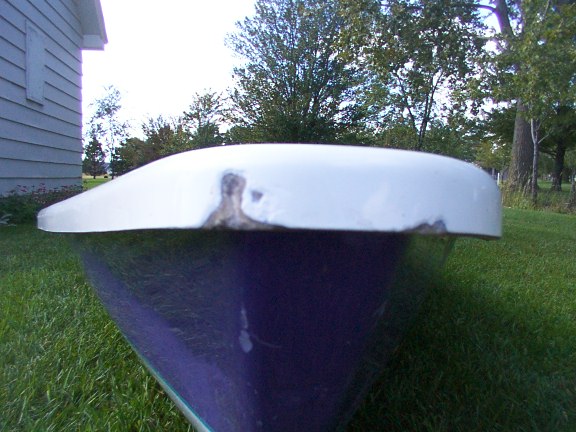
this picture is of the bow, the guy who owned the boat used an old crank from a powerboat to keep the laser on it, it damaged it a lot.
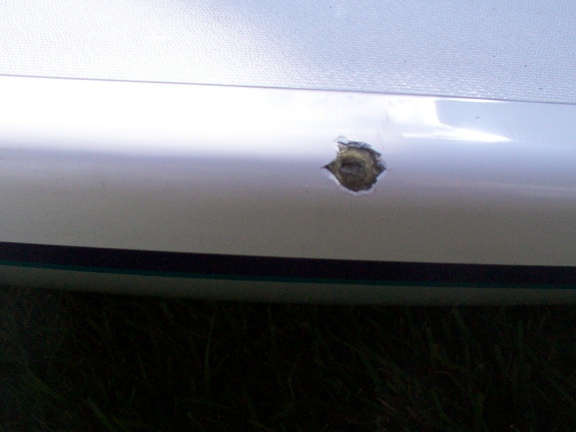
this picture of fiberglass damage, no idea how it got there at all
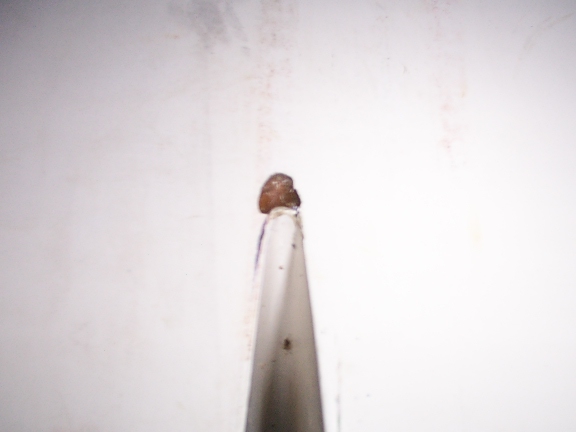
this picture of the daggerboard slot on hull, it's at the stern part, no idea how that happened either, was like when i got
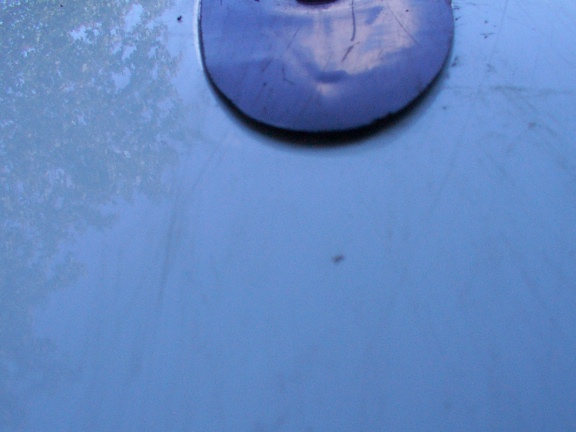
this picture of the autobailer at the bow, it's seperated from the hull and i can't figure out how to make the whole thing flush with the hull.
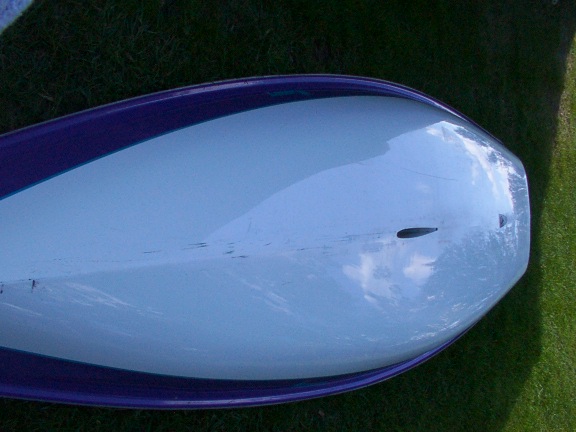
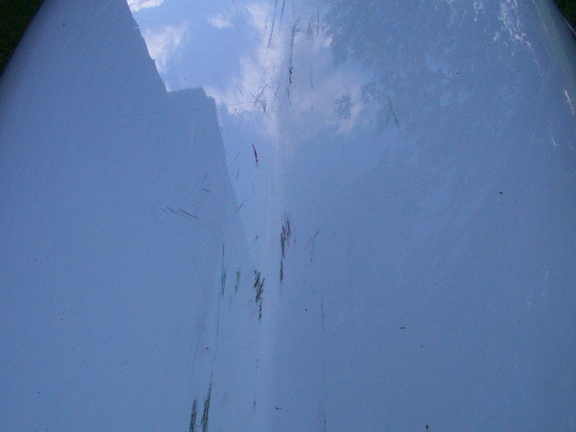
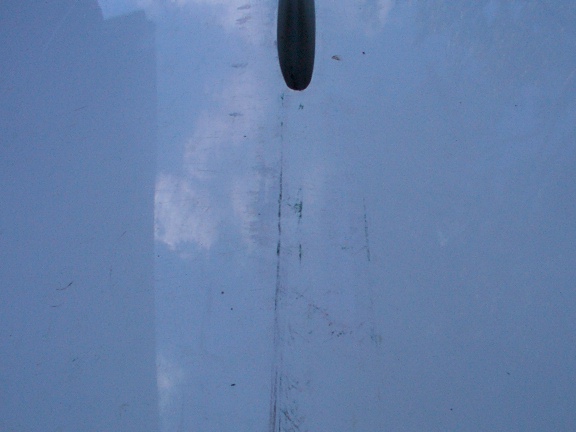

these are all just general pictures of scratches that i want to repair too
can anyone give me tips on what to do and how to do it, i never really did fiberglass repair nor scratch repair. i am not sure if i should just re-gellcoat the bottom or just sand it all down with a fine grit paper and then just re-top coat it or not
thoes are the only problems with the boat, the rest is beautiful and i want to get ready to race for next year already.

this picture is of the bow, the guy who owned the boat used an old crank from a powerboat to keep the laser on it, it damaged it a lot.

this picture of fiberglass damage, no idea how it got there at all

this picture of the daggerboard slot on hull, it's at the stern part, no idea how that happened either, was like when i got

this picture of the autobailer at the bow, it's seperated from the hull and i can't figure out how to make the whole thing flush with the hull.




these are all just general pictures of scratches that i want to repair too
can anyone give me tips on what to do and how to do it, i never really did fiberglass repair nor scratch repair. i am not sure if i should just re-gellcoat the bottom or just sand it all down with a fine grit paper and then just re-top coat it or not
thoes are the only problems with the boat, the rest is beautiful and i want to get ready to race for next year already.

